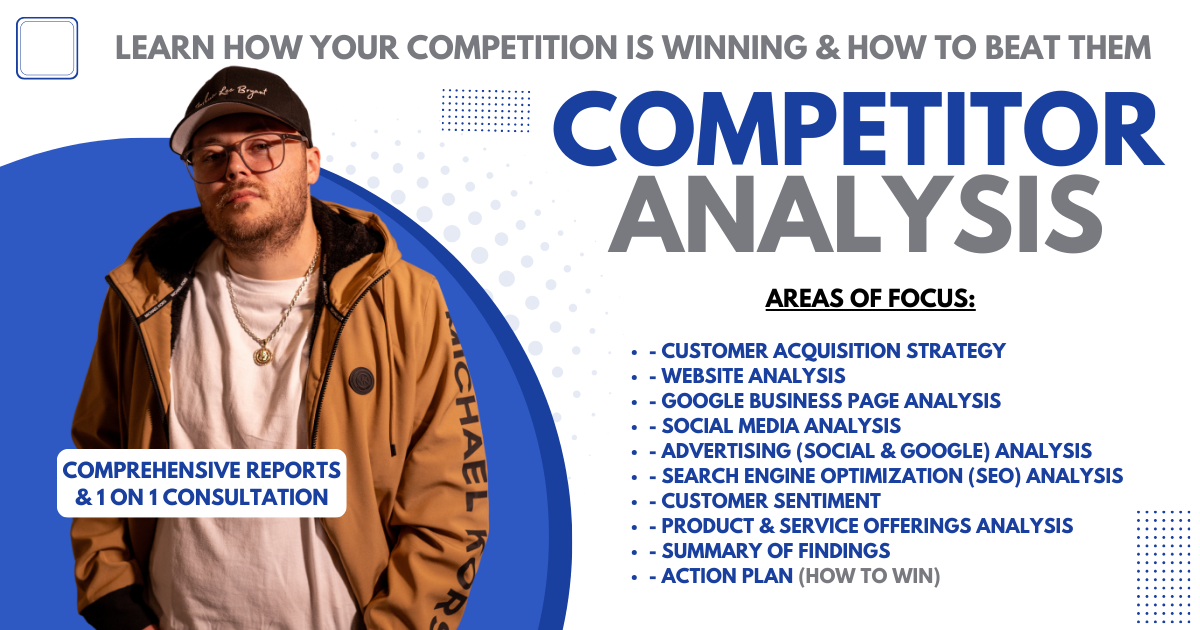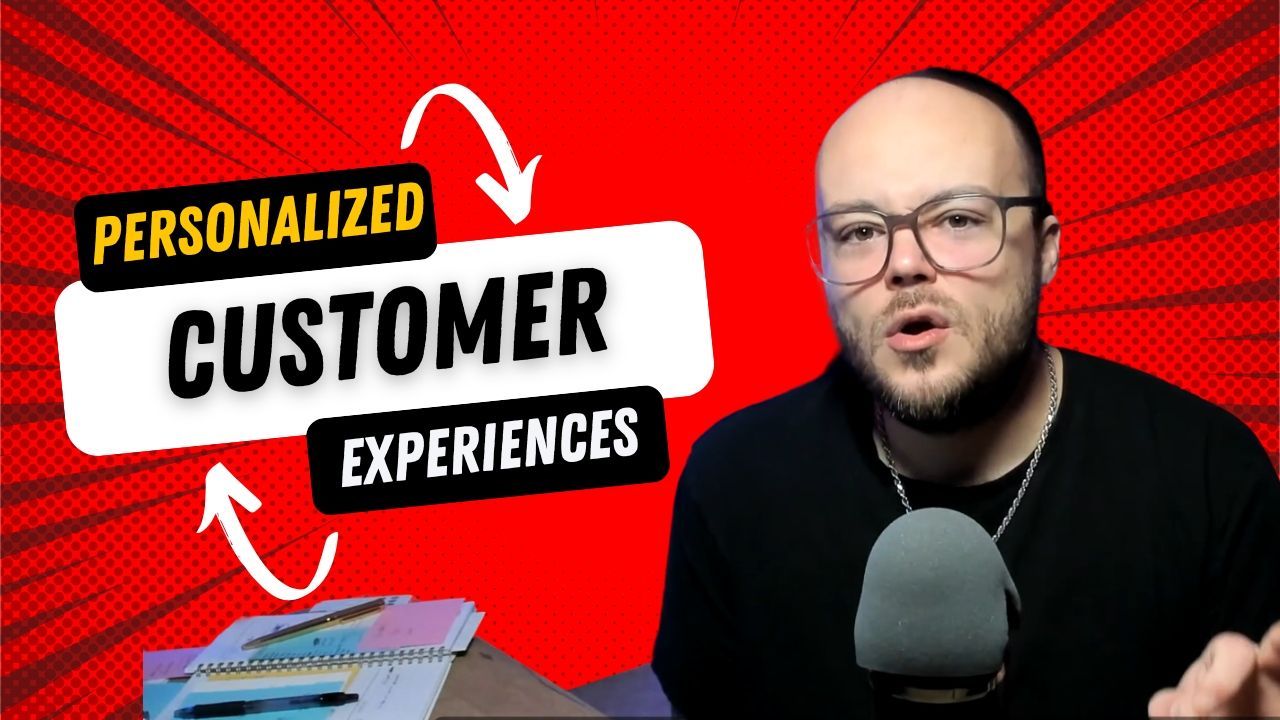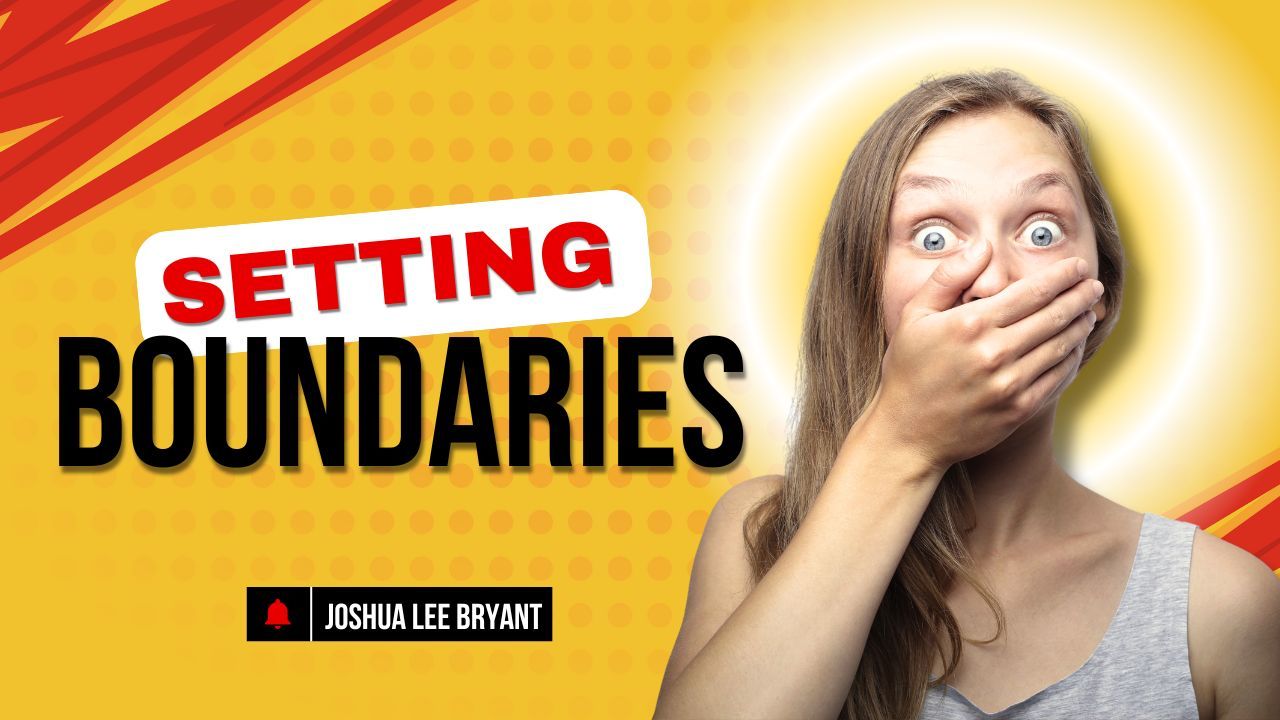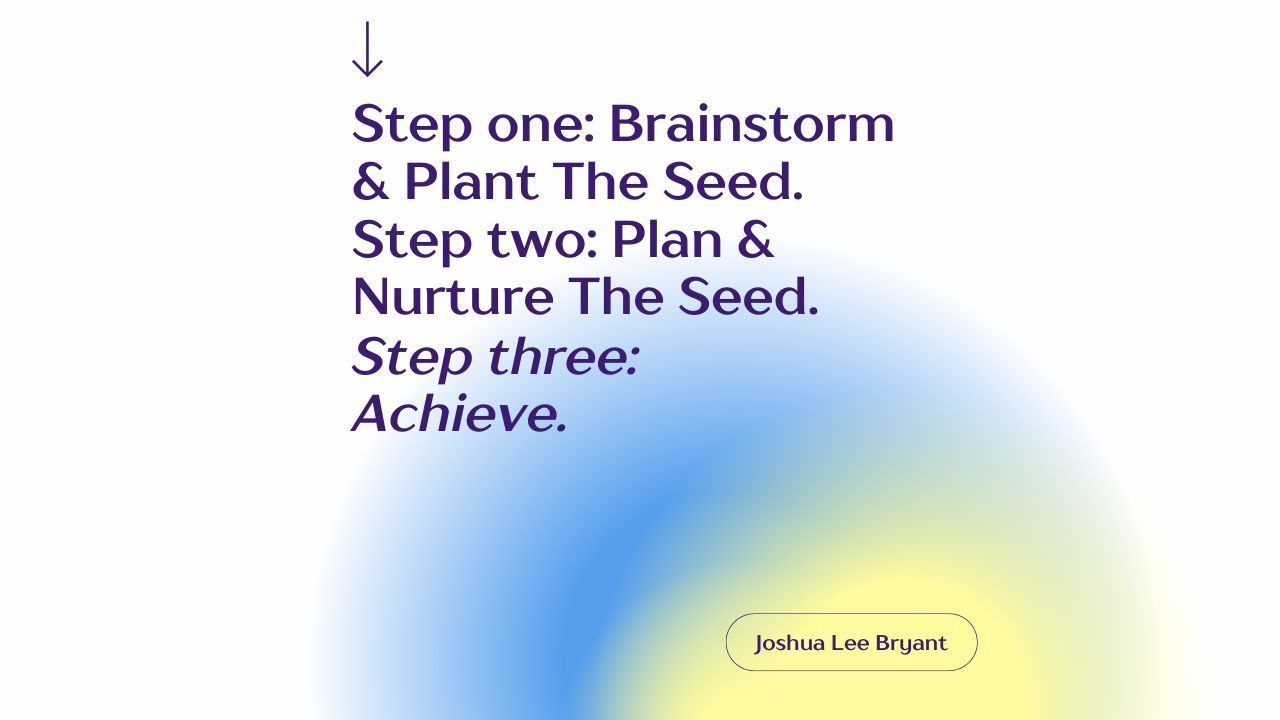In this conversation, Joshua Lee Bryant explores the principles of the lean startup methodology, emphasizing the importance of launching with minimal resources and adapting quickly based on feedback. He discusses the concept of the minimum viable product (MVP) and shares real-world examples of successful lean startups. The conversation concludes with practical steps for entrepreneurs to implement lean strategies in their own ventures.
Takeaways
- The lean startup approach allows for launching with minimal resources.
- Creating a minimum viable product (MVP) is essential for testing ideas.
- Feedback is crucial for refining products and services.
- Lean budgeting helps startups operate without large upfront costs.
- Quick pivots based on market feedback can lead to success.
- Real-world examples illustrate the effectiveness of lean strategies.
- Failure should be viewed as valuable data, not a setback.
- Perfectionism can hinder progress; starting with 'good enough' is key.
- Practical steps can simplify the launch process for entrepreneurs.
- Engaging with potential customers early can validate ideas.
Sound Bites
"You just need to start."
"What's the core of your idea?"
"Speed beats perfection here."
Transcript
Today, we’re diving into something that could totally change how you launch your next big idea: the Lean Startup Blueprint. Ever feel paralyzed by the thought of needing a perfect product, a fat budget, or years of planning before you start? What if I told you you could launch with less—less money, less stress, less everything—and still win? That’s what this is all about. We’re talking MVPs—Minimum Viable Products—lean budgeting, and quick pivots to keep you moving fast and smart. This isn’t just theory; it’s a proven way to test, tweak, and grow without breaking the bank. In this video, we’ll unpack how it works, look at real examples, and give you practical steps to start lean today. Oh, and if you’re new here, hit that subscribe button—we’re all about building smarter, not harder. Ready to launch with less and still make it big? Let’s get rolling!
So, what’s this Lean Startup thing? It’s a mindset: start small, learn fast, and adapt. Instead of spending months—or years—building something ‘perfect,’ you create a Minimum Viable Product—an MVP. That’s the simplest version of your idea that still solves a problem. Then, you test it, get feedback, and tweak it. No huge upfront costs, no endless planning—just action.
Why does this matter? Because most startups fail—not from bad ideas, but from bad timing or assumptions. Lean keeps you nimble. Take budgeting: you don’t need a fortune. You work with what you’ve got, focusing on what’s essential. And pivots? That’s when you shift direction based on what you learn—fast. Here’s an introspective kick: Are you holding back because you think you need more—more money, more time, more polish? Lean says you don’t. You just need to start. Think Dropbox—they didn’t build their full app first. They made a video showing the concept, tested demand, and then built it. That’s lean in action. Let’s see how this plays out.
Let’s look at some examples. Dropbox is a classic—they launched with a three-minute video MVP. No fancy software, just a pitch. People signed up in droves, proving demand before they coded a thing. Or take a local example: a baker with a cookie idea. Instead of renting a shop, she bakes a small batch—her MVP—sells at a market, and asks, ‘What do you think?’ Customers love the chocolate chip but skip the oatmeal. She pivots, drops oatmeal, and doubles down on chocolate. Lean budgeting? She used her home oven and $50 in ingredients.
The benefits are huge: you save cash, spot flops early, and build what people actually want. It’s not about cheap—it’s about smart. I know a guy who launched a fitness app with a basic version for $200. Users loved the workout tracker but hated the clunky design. He pivoted, fixed it, and grew.
Here’s the introspective bit: What’s stopping you from starting small? Fear of failure? Perfectionism? Lean flips that—failure’s just data, and perfection’s overrated. You’re not betting the farm; you’re testing the waters.
Okay, let’s get practical—three steps to launch lean.
First, build your MVP. What’s the core of your idea? Strip it to the basics. Want a clothing line? Don’t design 50 pieces—start with one T-shirt. Use free tools like Canva for mockups or Google Forms to gauge interest. Keep it simple but functional.
Second, budget lean. List what you really need—skip the fluff. Got $100? Spend it on materials or ads, not a fancy logo yet. Use what’s free: social media for marketing, your phone for photos. Test cheap, learn cheap.
Third, test and pivot fast. Show your MVP to 10 people—friends, strangers, whoever. Ask: ‘Would you buy this? Why or why not?’ If it’s a ‘no,’ tweak it. If it’s a ‘yes,’ double down. Speed beats perfection here.
Now, the deep question: Are you ready to let go of ‘perfect’ and embrace ‘good enough’ to start? Because lean isn’t about waiting—it’s about doing.
There it is—the Lean Startup Blueprint. Launch with less, learn fast, and turn your idea into something real. What’s your MVP? Drop it in the comments—I’d love to hear your plans.



















